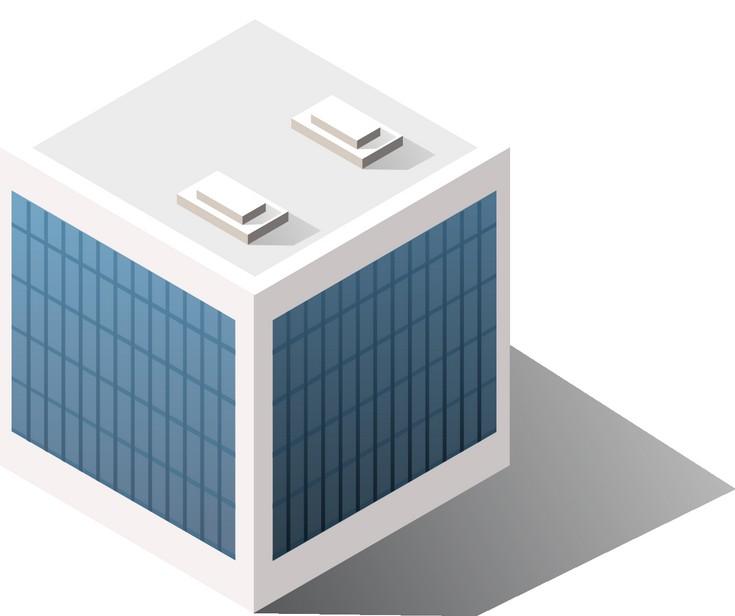
1 minute read
Health Saving Account
by HORAN Wealth
Our second stop on the tour is at the bank. Here I will discuss health savings accounts and flexible spending accounts.
Health Savings Account
What’s the Benefit: Health savings accounts (HSA) is a savings account that can be used to pay for qualified medical, dental and vision services.
How Does it Work:
When you enroll in an HSA, you elect an amount to be taken from your paycheck and placed into a savings account. This account is designed to help offset medical, dental and vision expenses. You can use your HSA at the time of service, when you get a bill or to reimburse yourself on the back end.
Contributions:
The maximum amount you can contribute in 2023 is $3,850 (single) and $7,750 (family). Your employer contributes $XXX. The amount your employer contributes is included in the maximum amount allowed.
Eligibility:
There are certain reasons why you may not be eligible for an HSA these include:
• You or your spouse are enrolled in a non-qualified high deductible health plan or a medical flexible spending account (FSA).
• You are enrolled in VA, CHIP, Medicare or Medicaid benefits.
• You can be claimed as a dependent on another person’s tax return.
Considerations:
• You must be enrolled in a qualified high deductible health plan to contribute to an HSA.
• Your contributions into the account and distributions made from the account are tax exempt.
• Make sure you use the account only for qualified expenses or else penalties will apply. A list of qualified expenses is set by the IRS and can be found at www.irs.gov
• HSA funds rollover from year to year and you may have the opportunity to invest the funds.
• You can use your HSA on your spouse or tax-dependent children (even if they aren’t covered by your plan).








